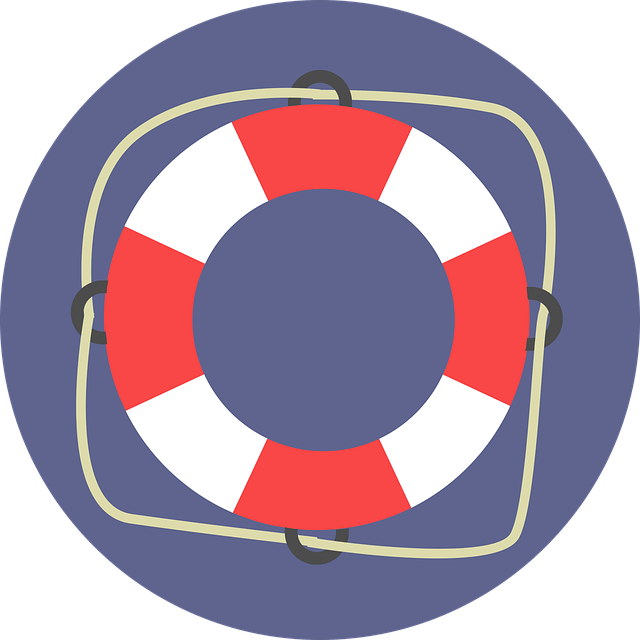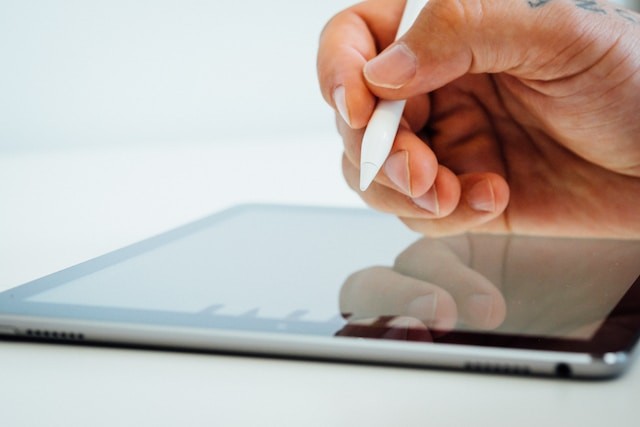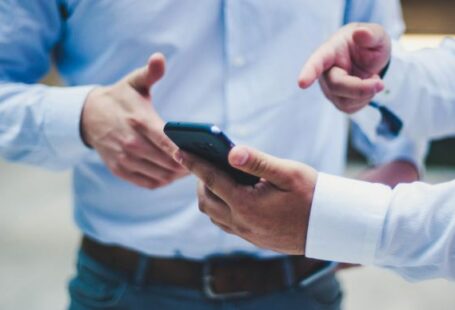In today’s digital age, tablets have become an integral part of our lives. They are not only portable and convenient but also a treasure trove of personal information. From banking details to social media accounts, our tablets contain a wealth of sensitive data that can be targeted by malware and privacy threats. To ensure the safety of our tablets and protect our valuable information, it is crucial to take necessary precautions. In this article, we will explore some effective strategies to secure your tablet from malware and privacy threats.
1. Install Reliable Antivirus Software
The first line of defense against malware is a robust antivirus software. There are numerous options available in the market, both free and paid, that offer comprehensive protection against malware. Make sure to choose a reputable antivirus software that provides real-time scanning, automatic updates, and a firewall. Regularly update the antivirus software to stay protected against the latest threats.
2. Be Wary of Suspicious Links and Apps
Malware often disguises itself as legitimate links or apps, tricking users into downloading malicious software. Exercise caution when clicking on unfamiliar links or downloading apps from untrusted sources. Stick to official app stores like Google Play Store or Apple App Store, as they have stringent security measures in place to minimize the risk of malware. Additionally, avoid clicking on suspicious email attachments or downloading files from unknown sources.
3. Keep Your Operating System and Apps Updated
Regularly updating your tablet’s operating system and apps is crucial to maintaining its security. Updates often contain security patches that fix vulnerabilities and protect against new threats. Enable automatic updates or regularly check for updates manually to ensure your tablet is running on the latest software version. This simple step can go a long way in safeguarding your device from malware and privacy threats.
4. Use Strong and Unique Passwords
Passwords are the gatekeepers to our personal information, and using weak or easily guessable passwords can leave our tablets vulnerable to unauthorized access. Create strong passwords that include a combination of letters, numbers, and special characters. Avoid using common passwords like “123456” or “password.” Additionally, use a unique password for each account to prevent a domino effect in case one account gets compromised.
5. Enable Two-Factor Authentication
Two-factor authentication adds an extra layer of security to your tablet by requiring an additional verification step, usually through a text message or an authentication app. Enable two-factor authentication for all your accounts, including email, social media, and banking apps, whenever possible. This way, even if someone manages to crack your password, they would still need physical access to your phone or tablet to gain entry.
6. Be Mindful of Public Wi-Fi Networks
Public Wi-Fi networks can be a breeding ground for hackers and cybercriminals. Avoid accessing sensitive information, such as online banking or personal emails, on public Wi-Fi networks. If you must use public Wi-Fi, consider using a virtual private network (VPN) to encrypt your internet connection and protect your data from prying eyes.
7. Regularly Backup Your Data
In the unfortunate event of a malware attack or privacy breach, having a recent backup of your data can save you from significant loss. Regularly backup your tablet’s data to an external hard drive, cloud storage, or a computer. This way, even if your tablet gets infected with malware or compromised, you can restore your data and minimize the impact.
Conclusion:
Securing your tablet from malware and privacy threats is essential to protect your personal information and maintain your digital security. By following these strategies, such as installing reliable antivirus software, being cautious of suspicious links and apps, and regularly updating your operating system and apps, you can significantly reduce the risk of malware and privacy threats. Remember to use strong and unique passwords, enable two-factor authentication, and exercise caution when using public Wi-Fi networks. Lastly, always backup your data to ensure you can recover from an attack or breach. With these measures in place, you can enjoy a safe and secure tablet experience.




